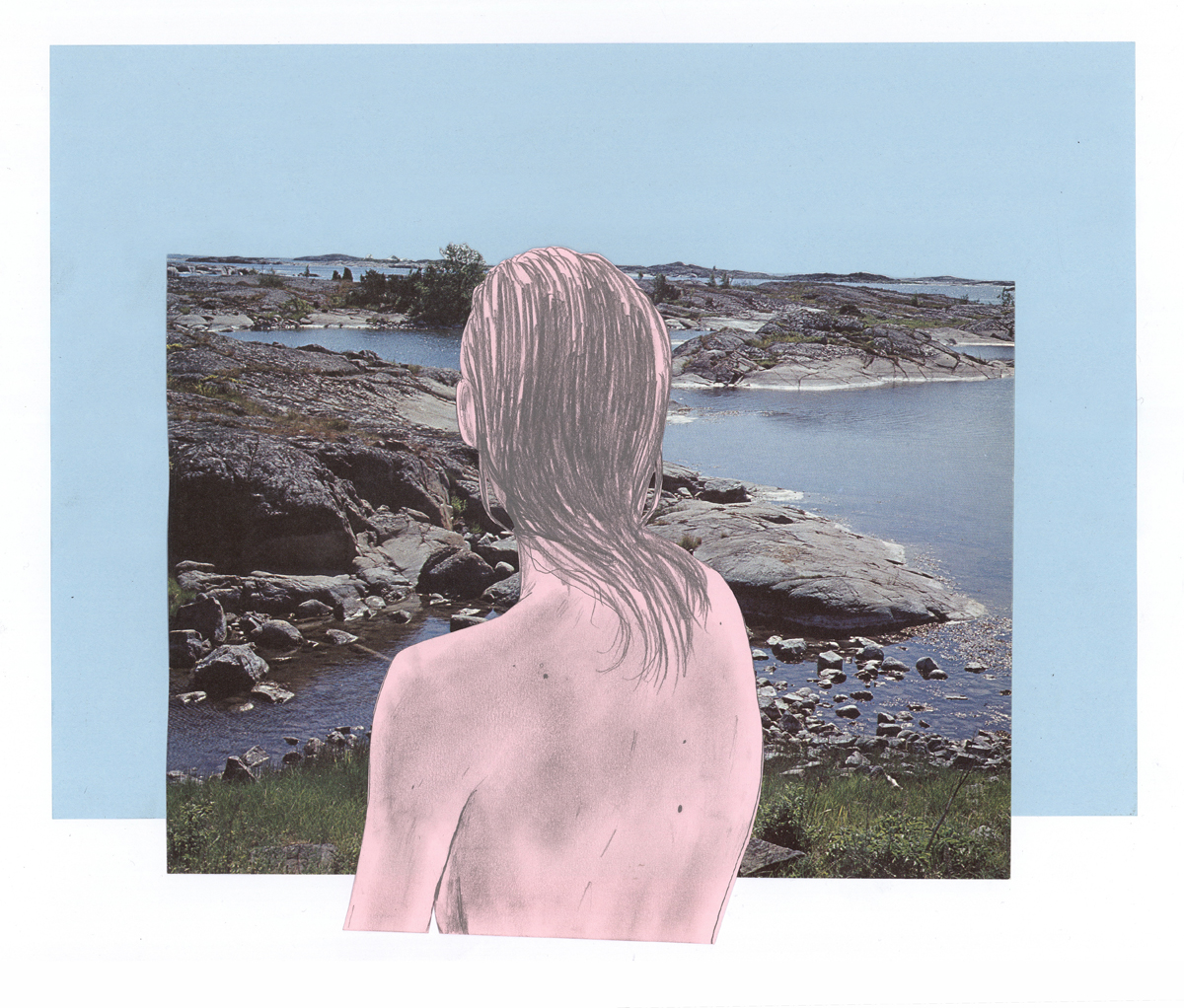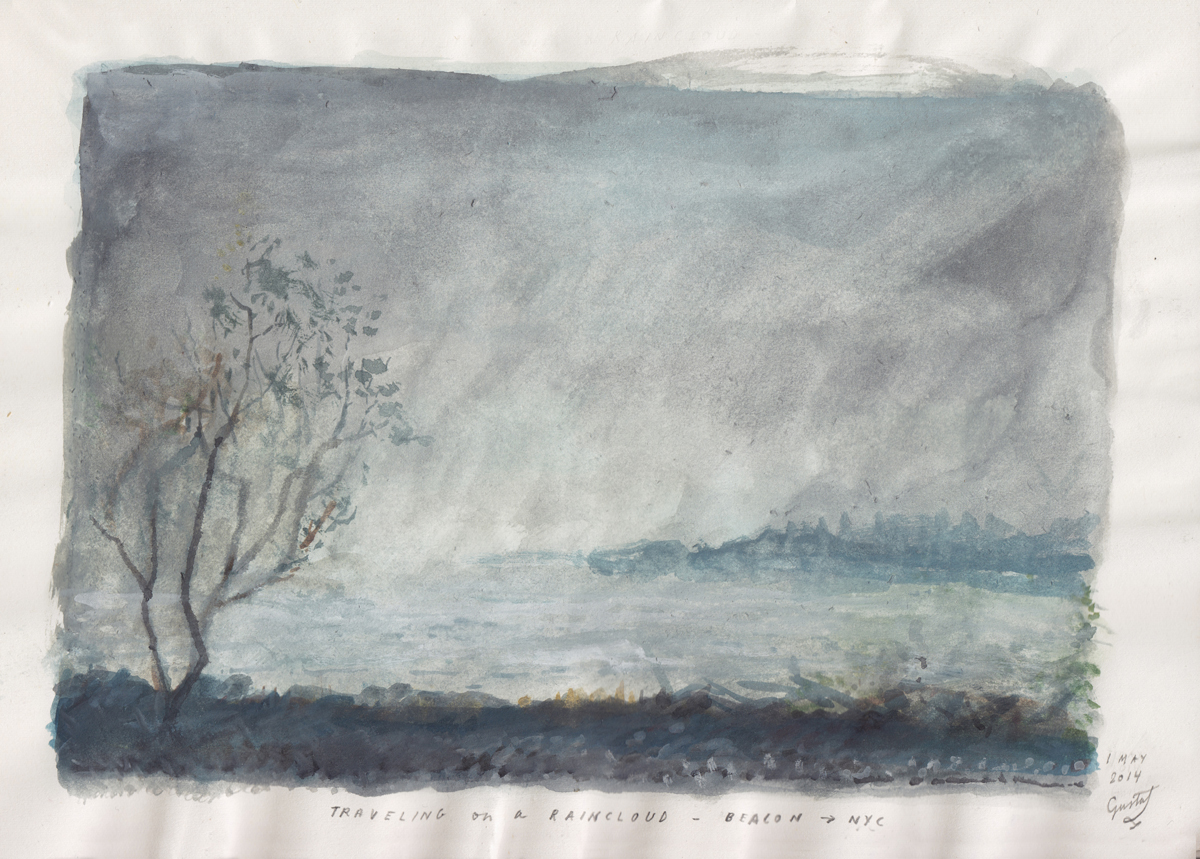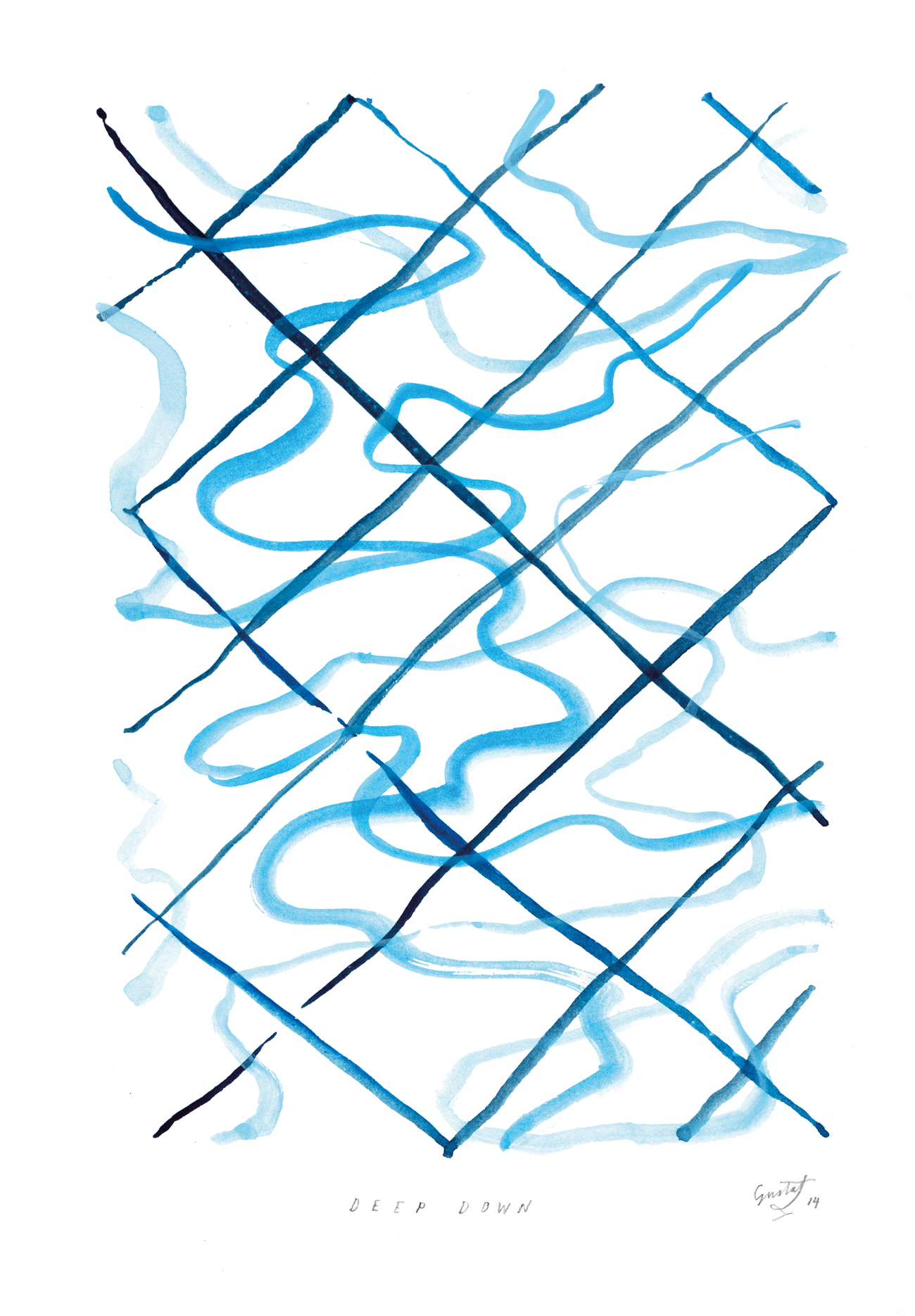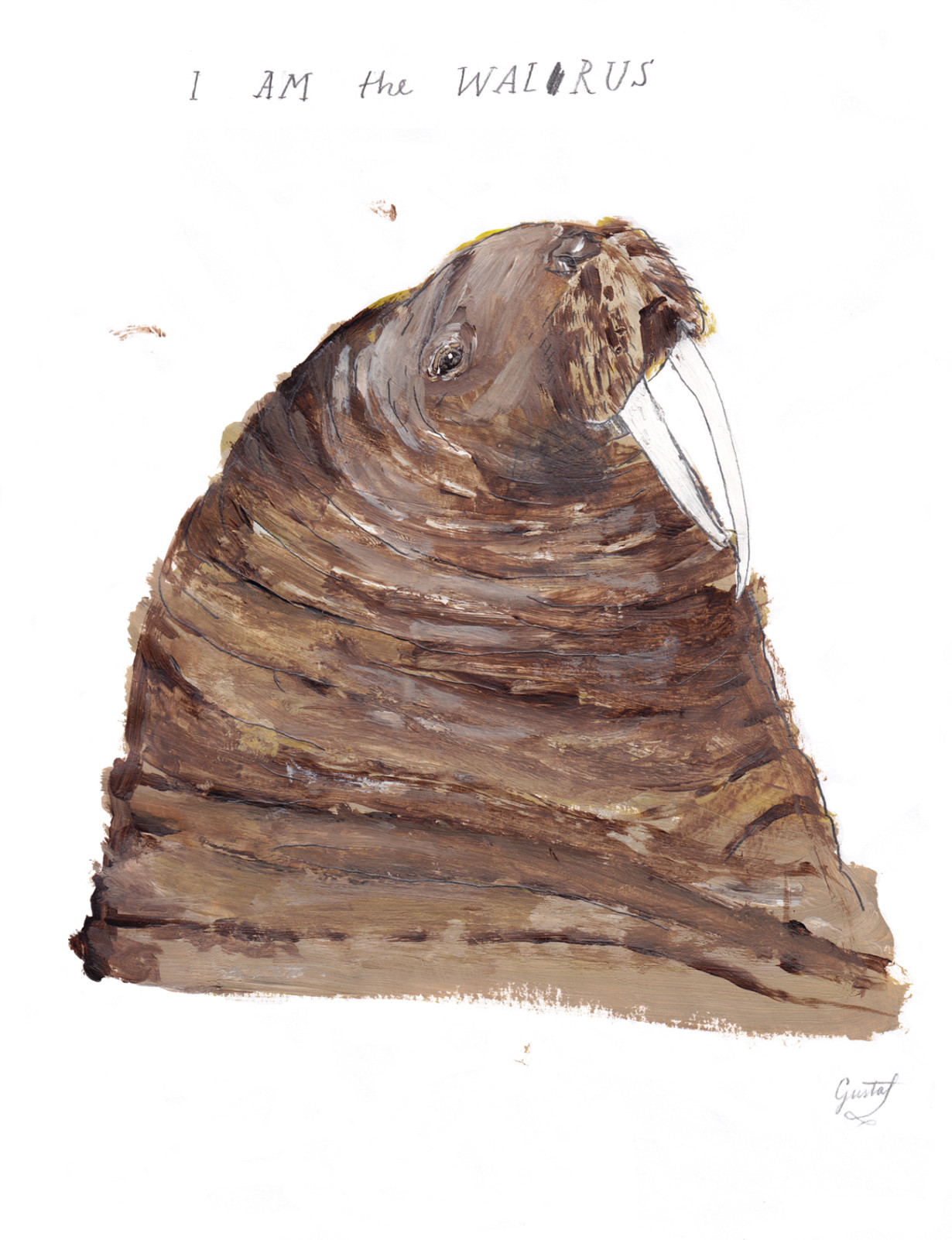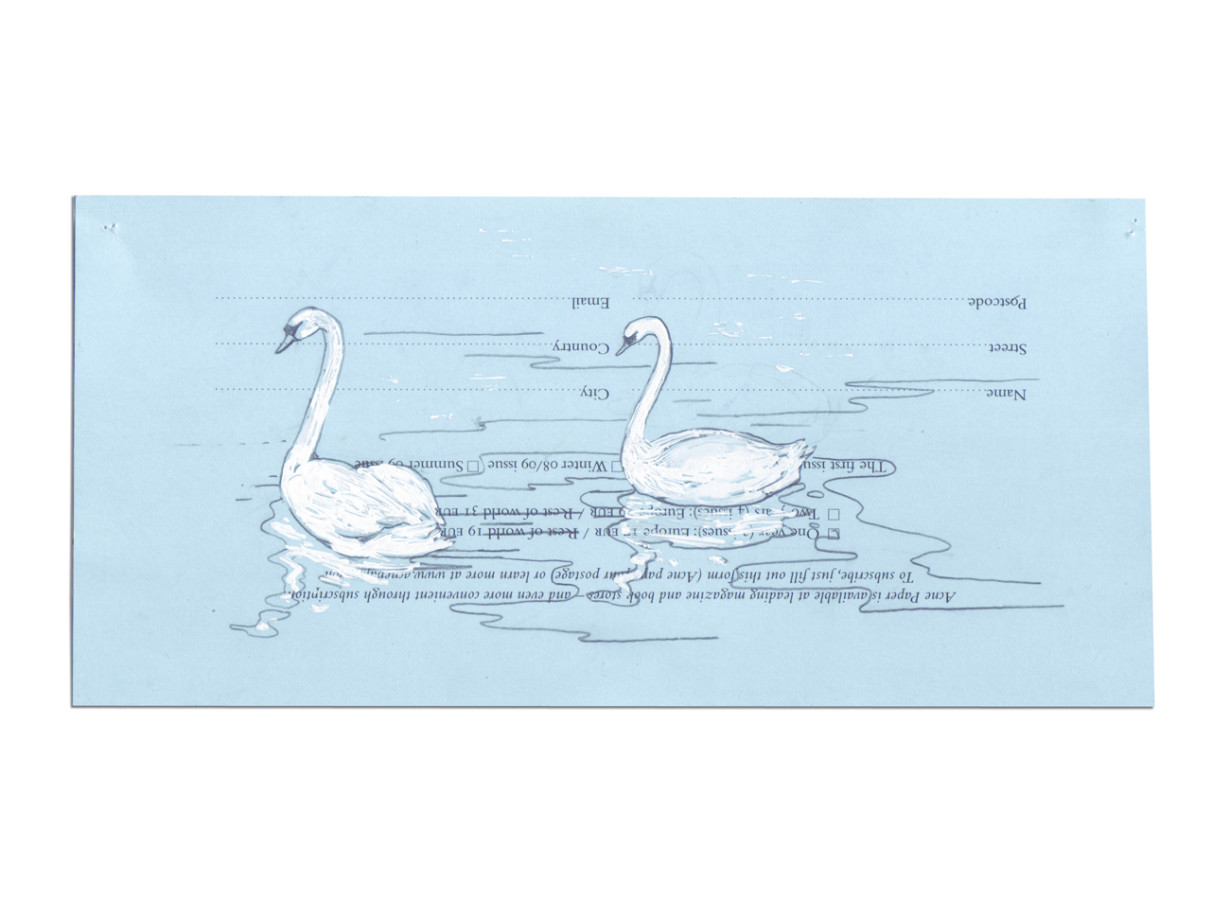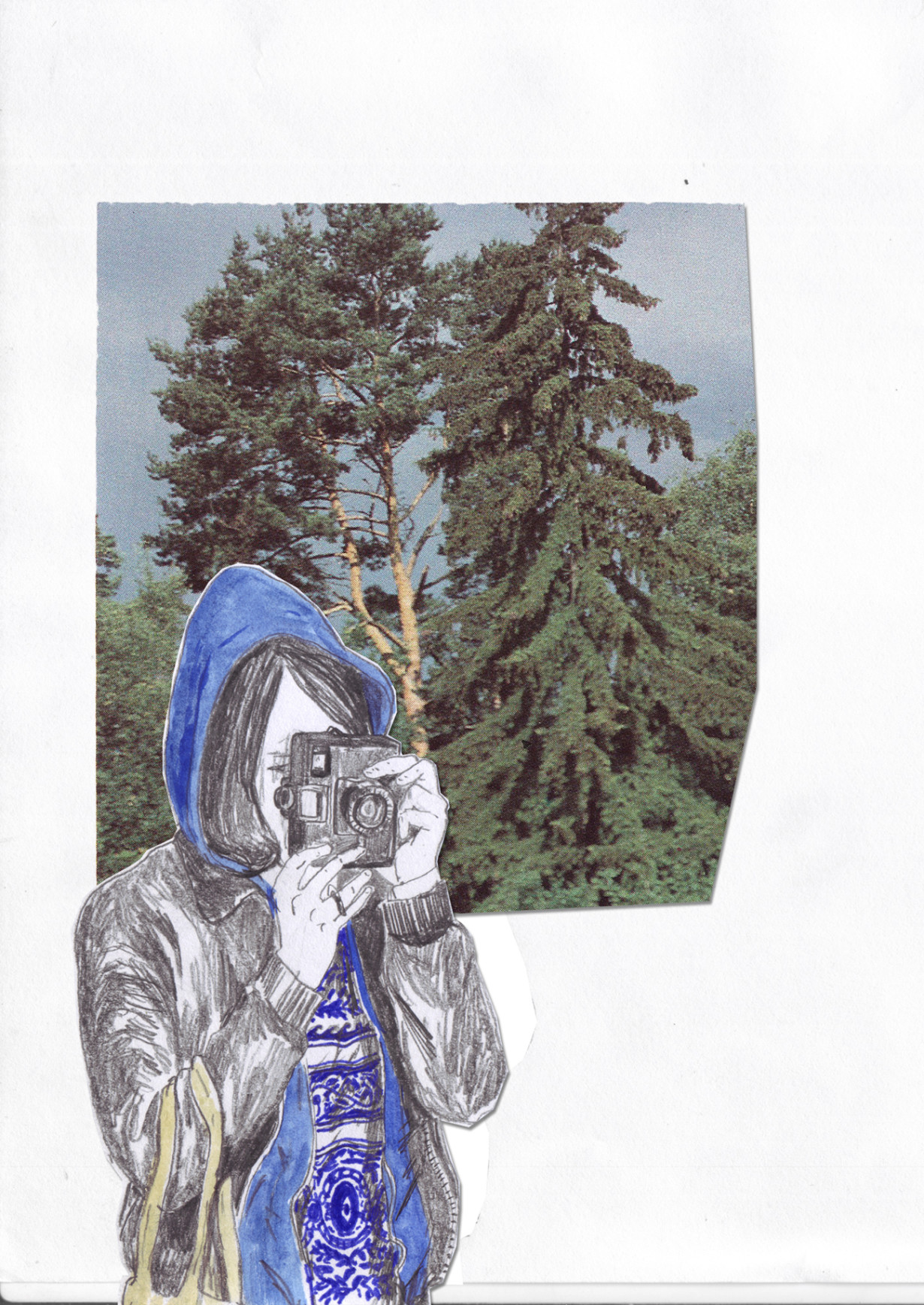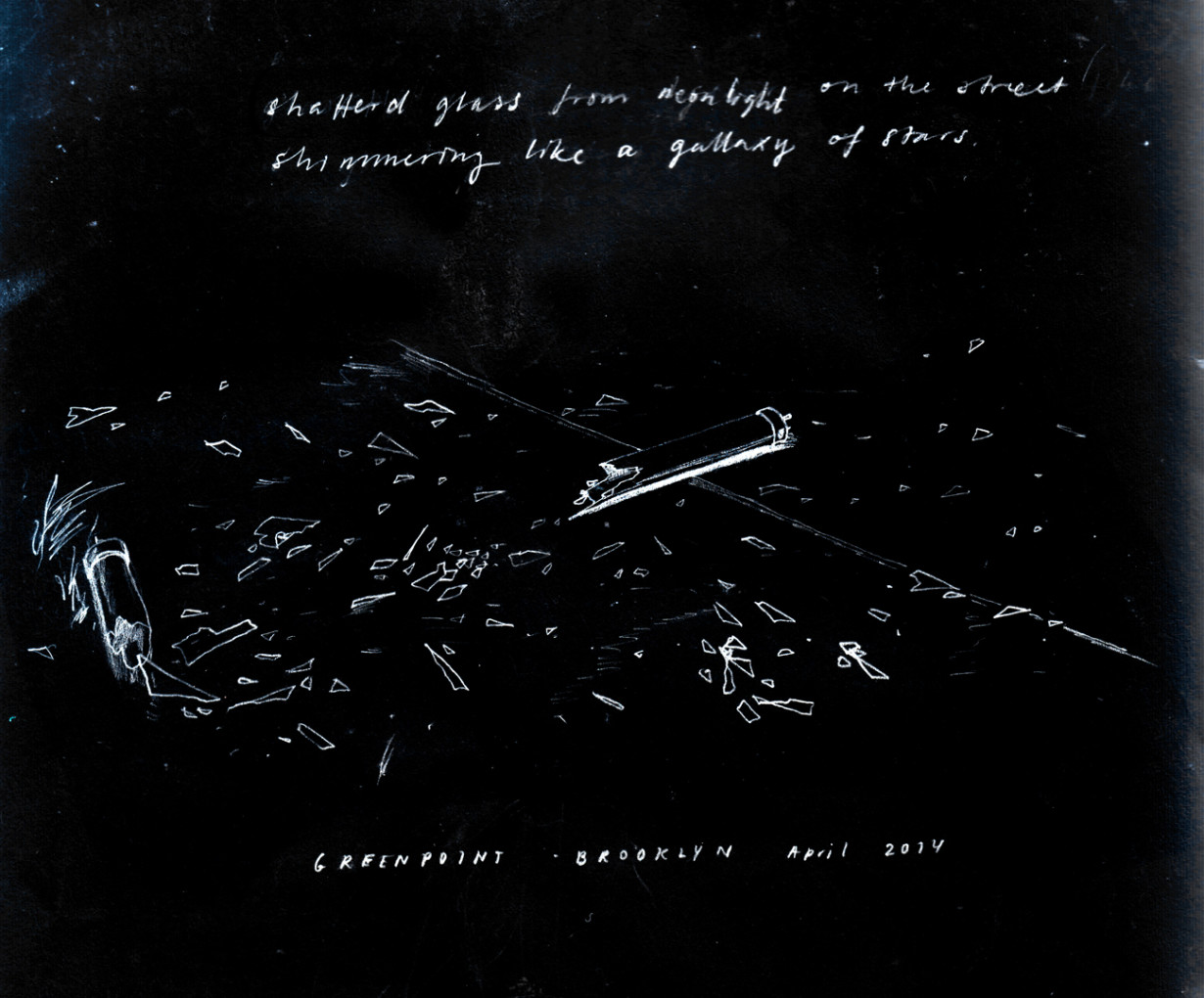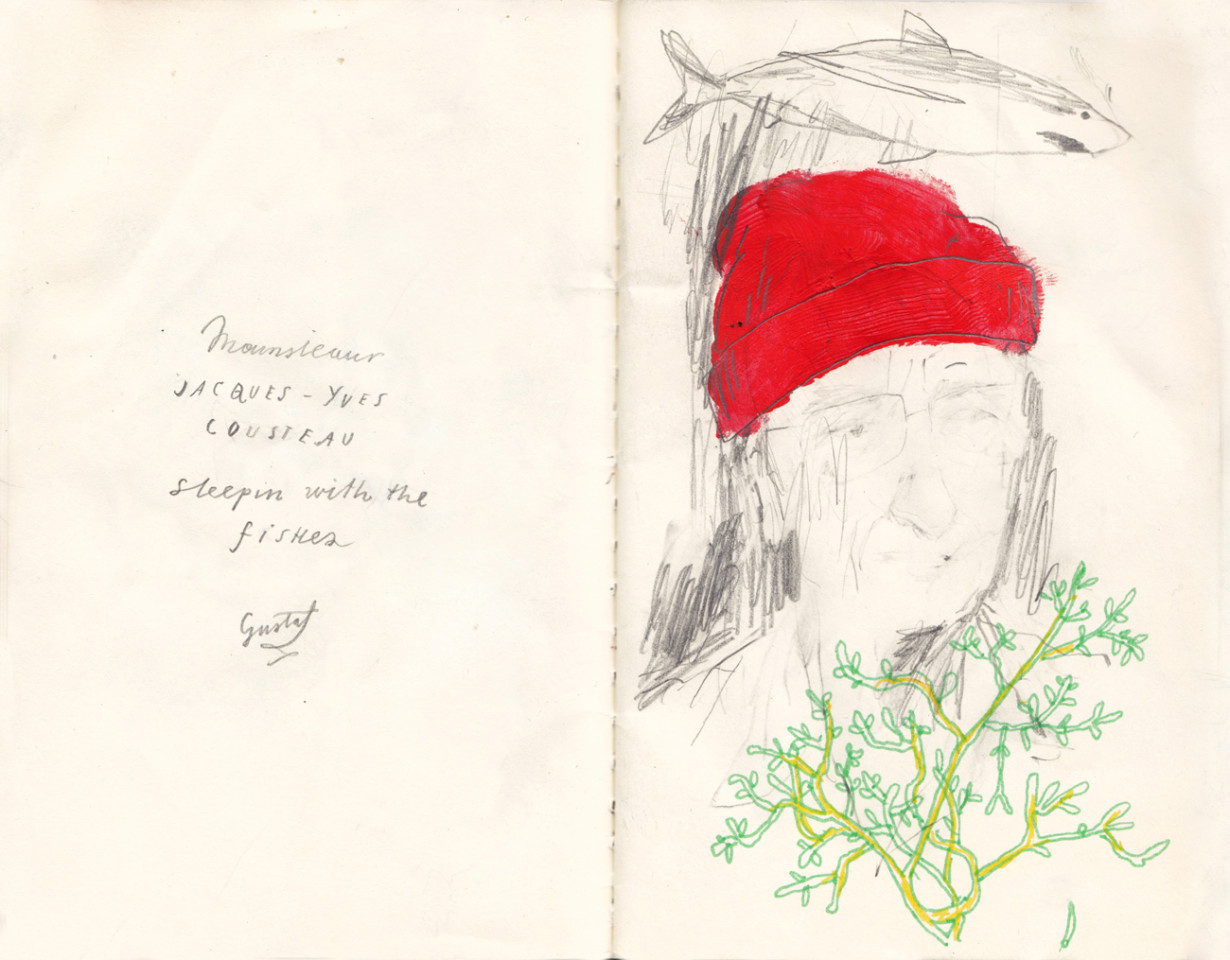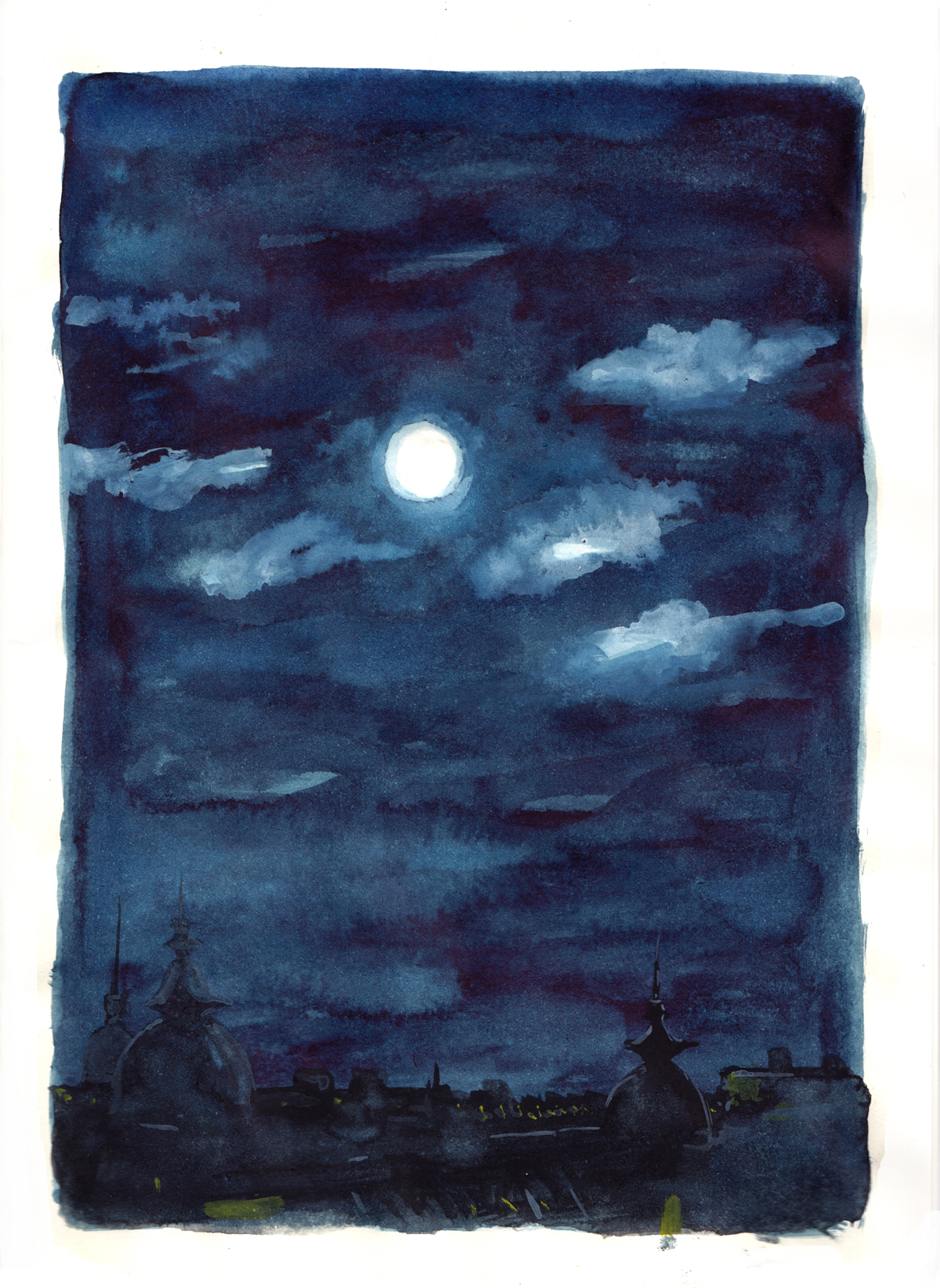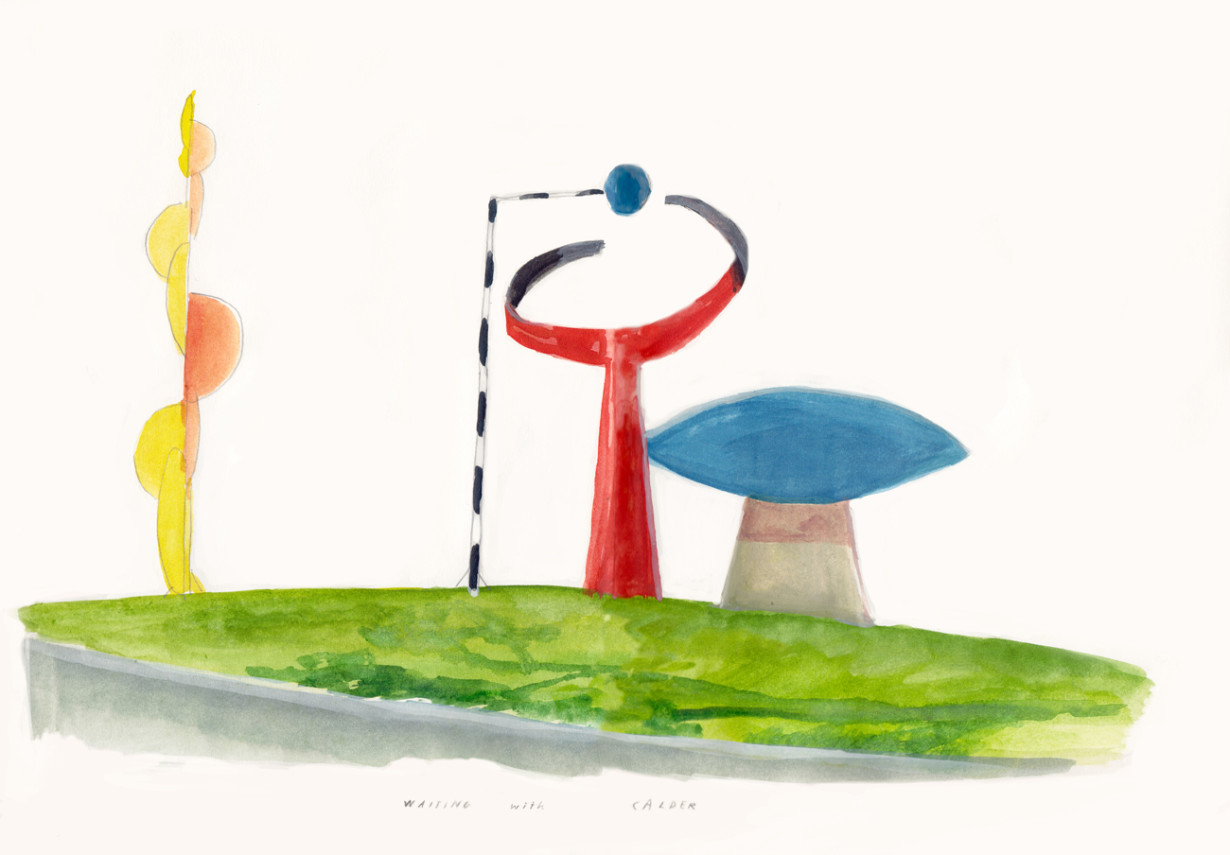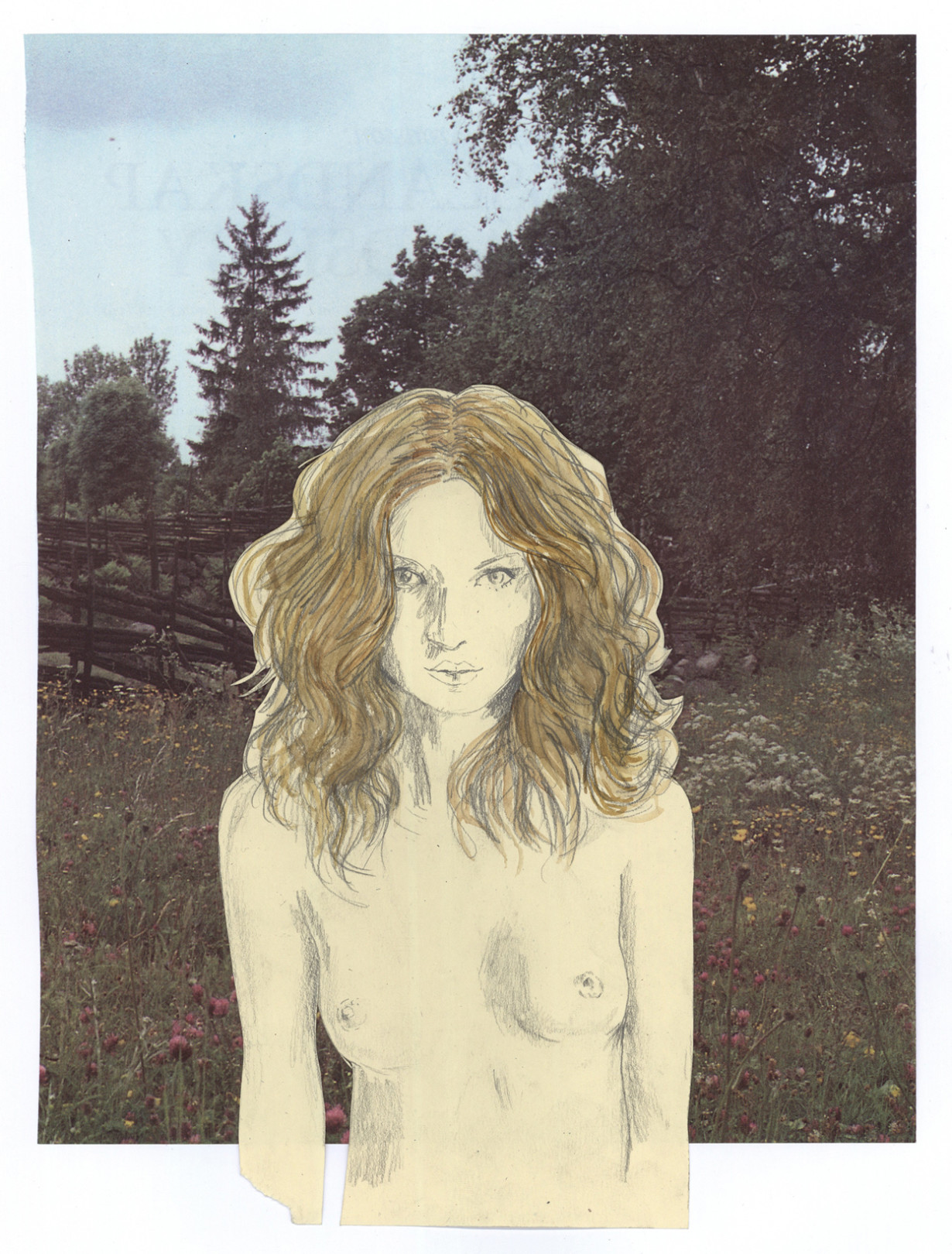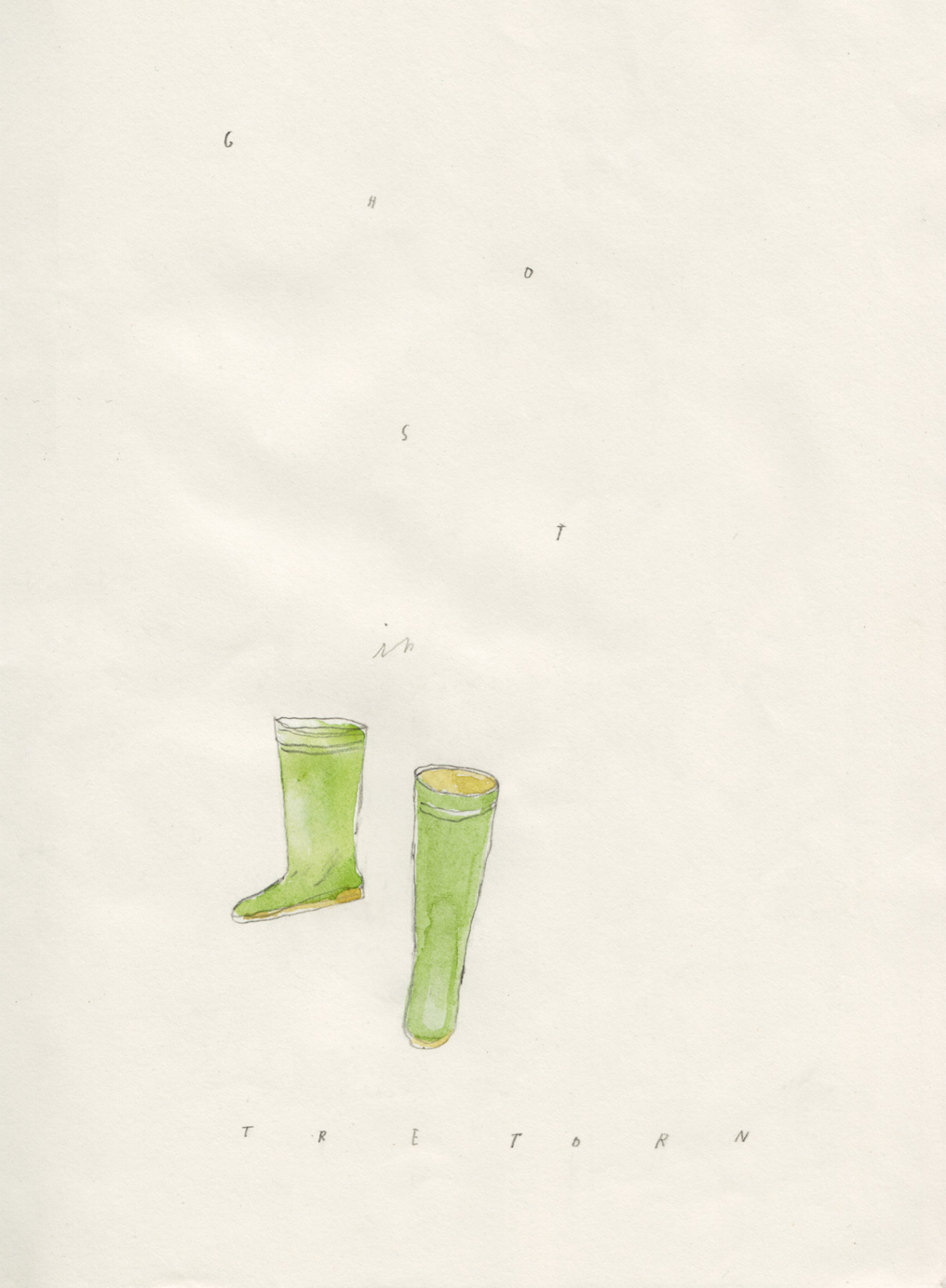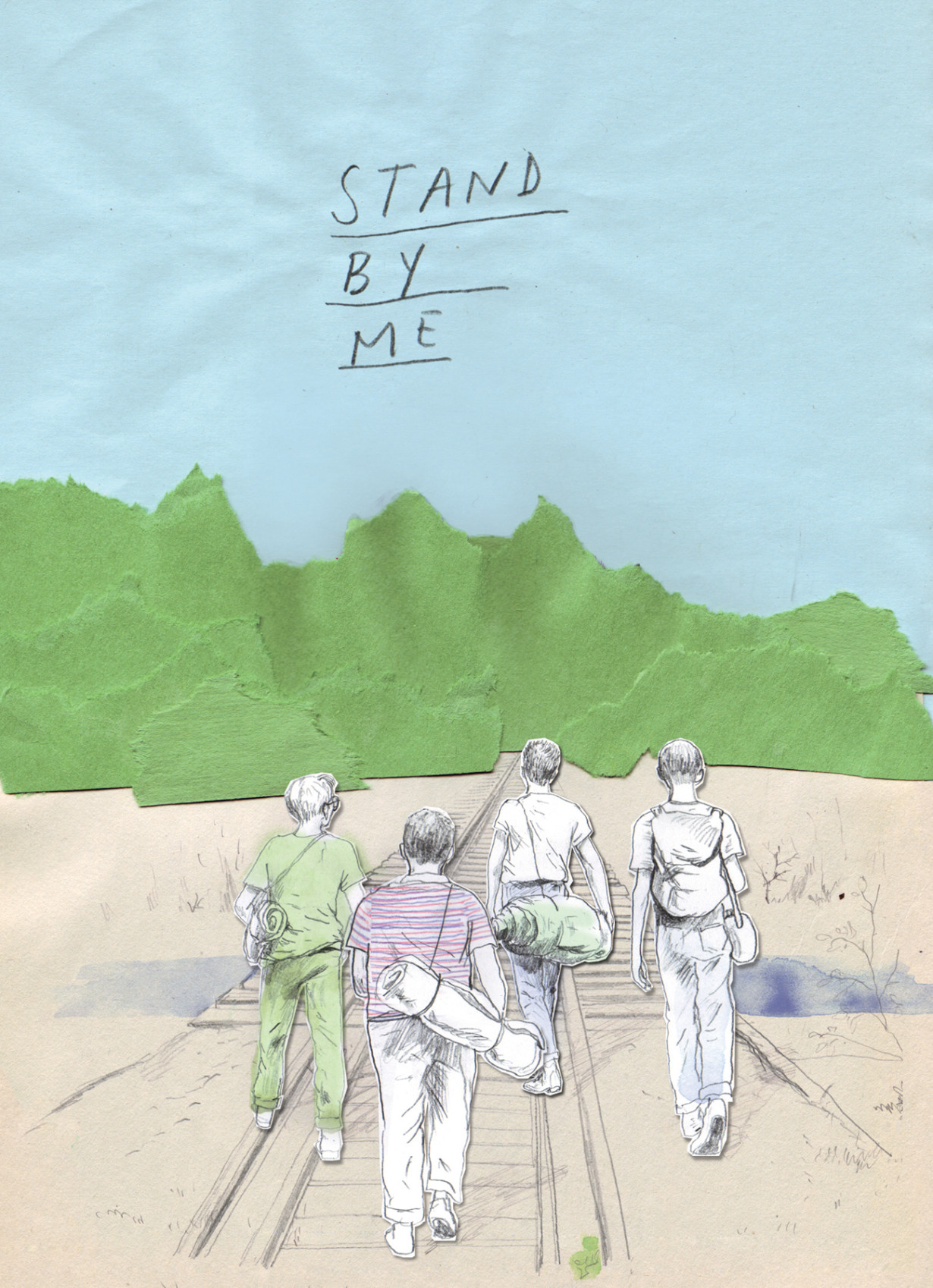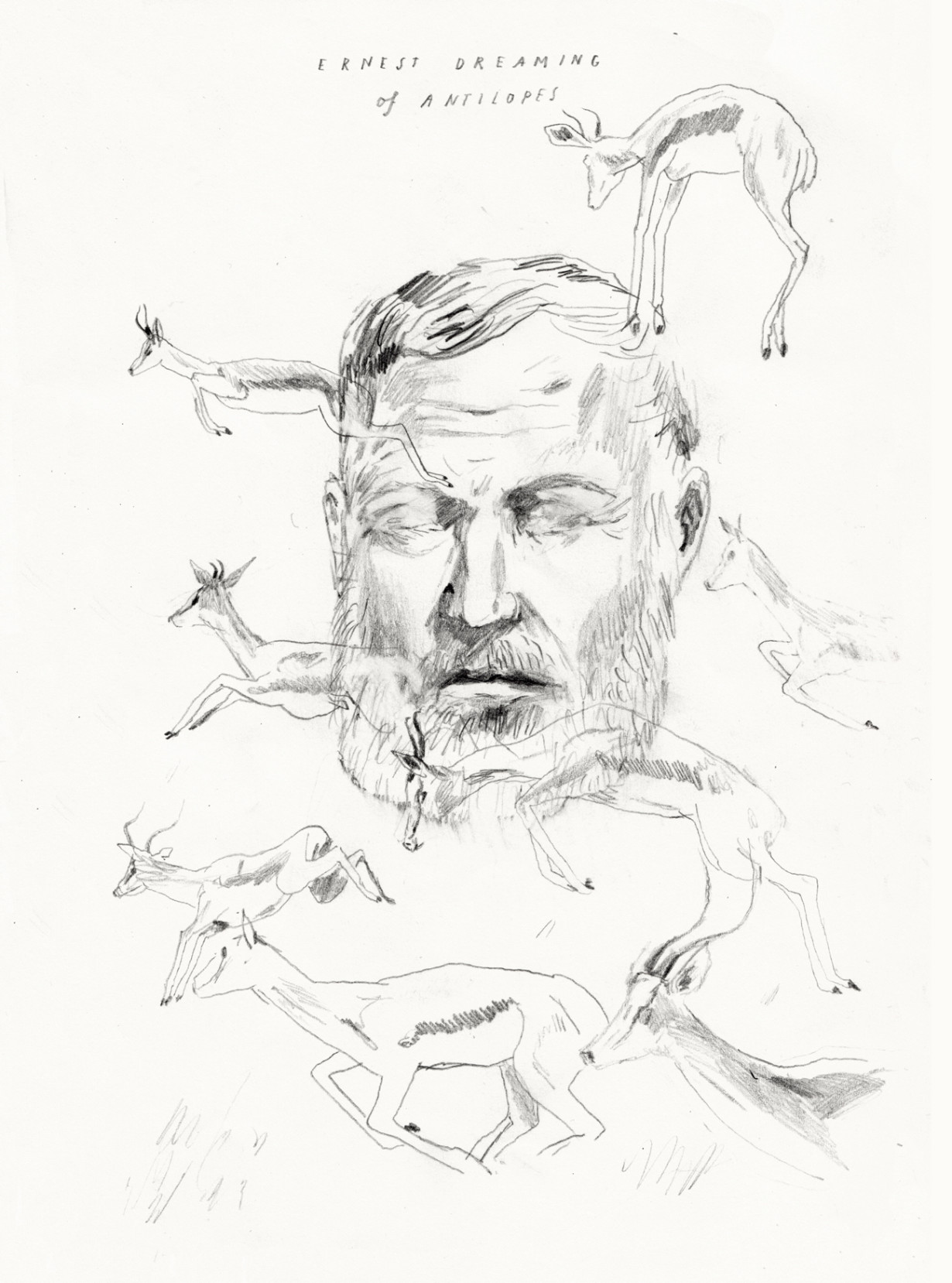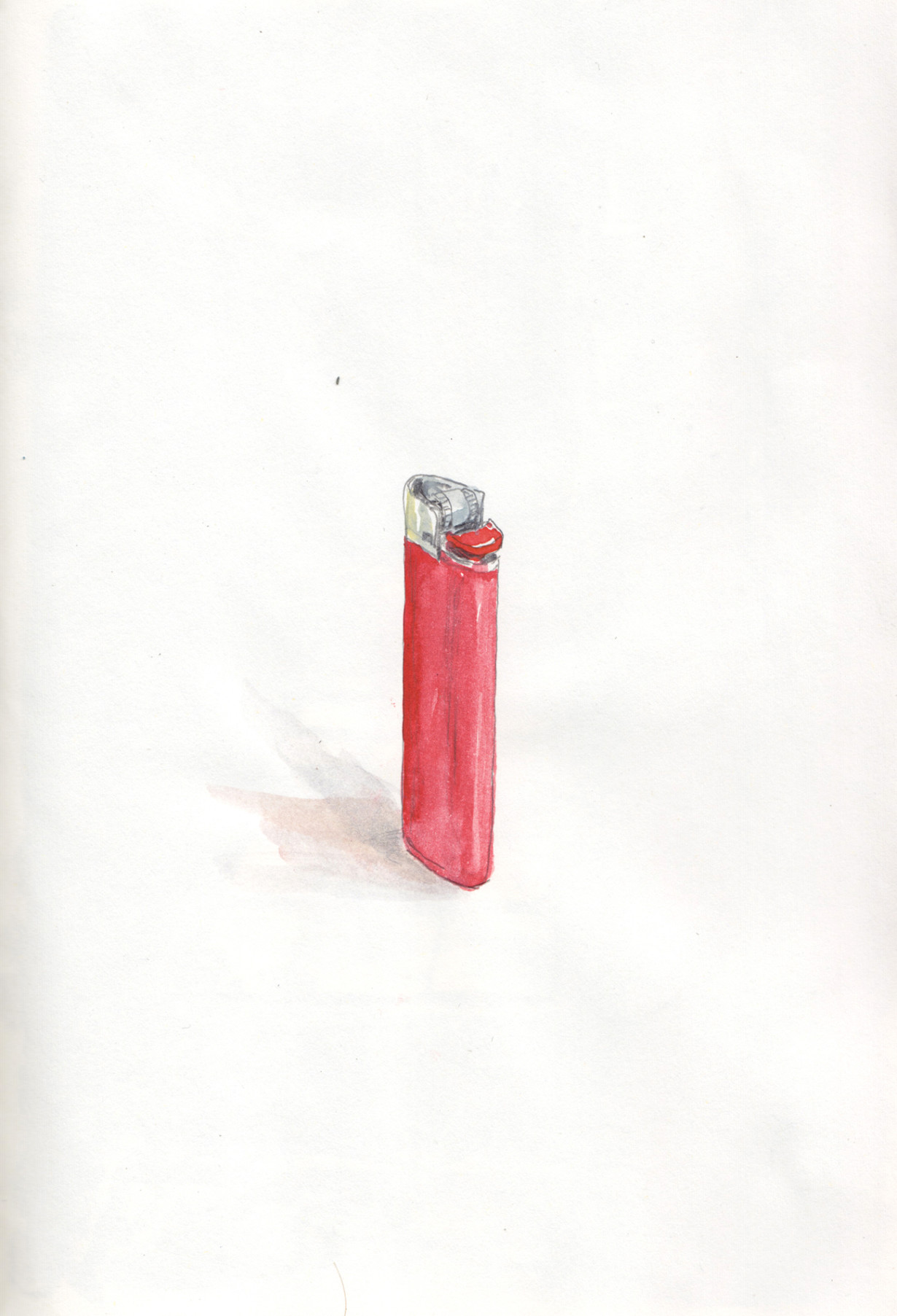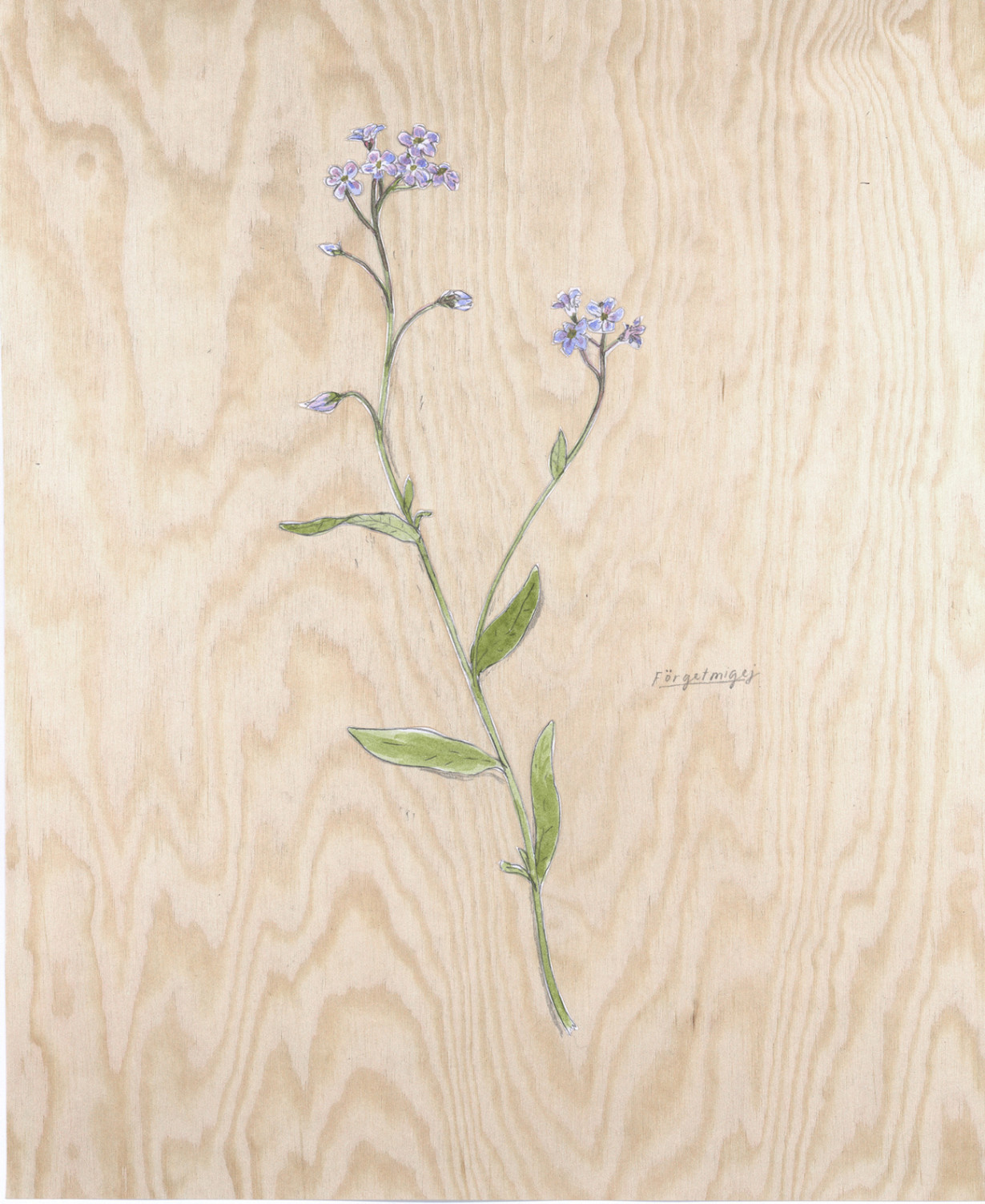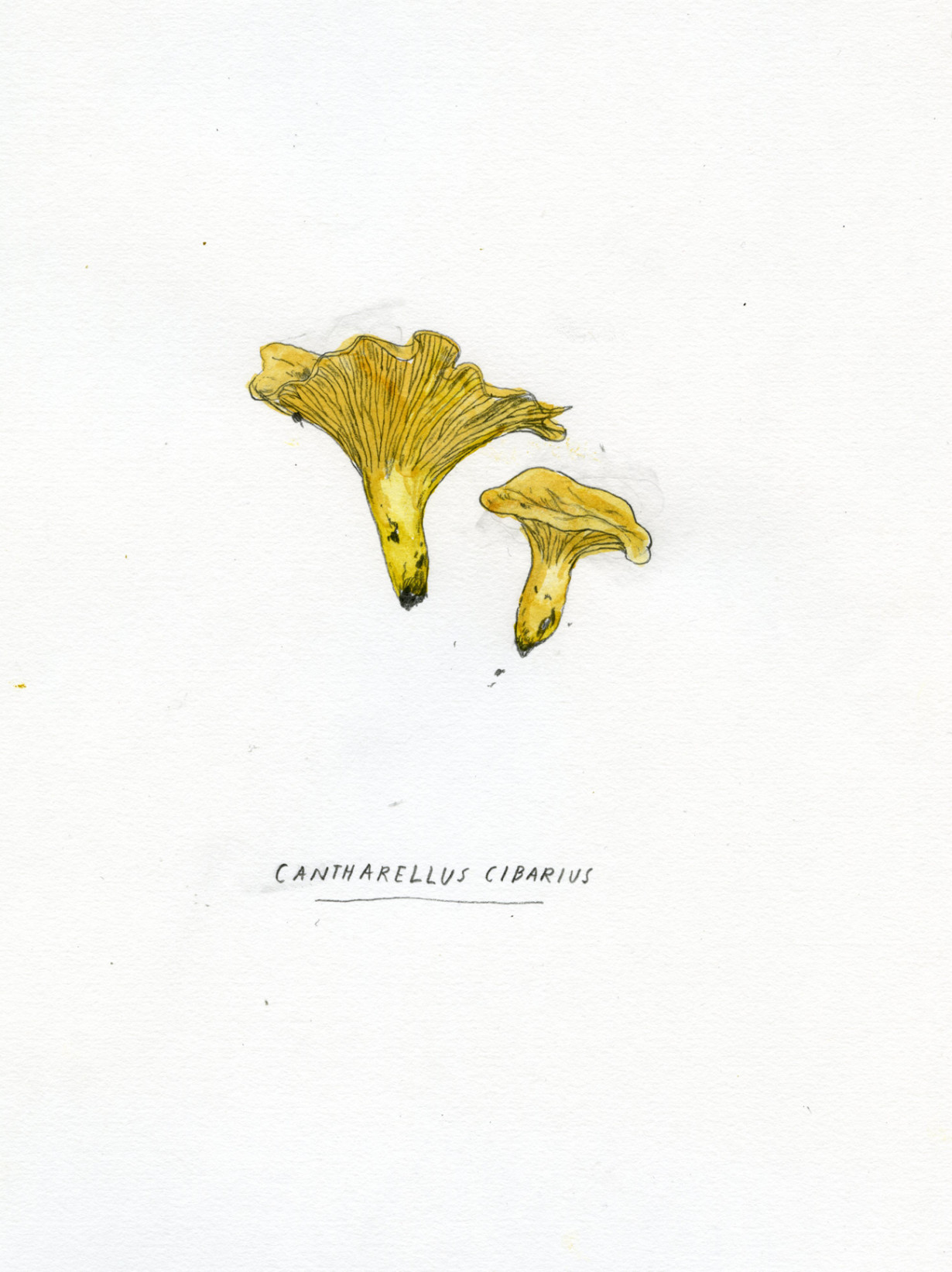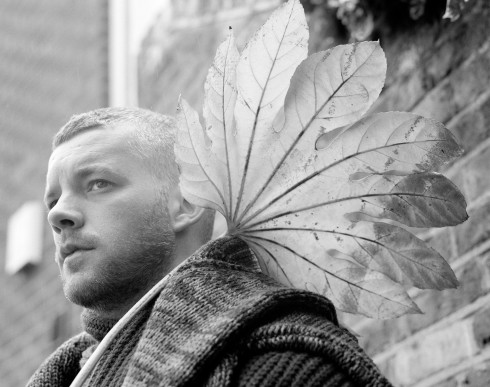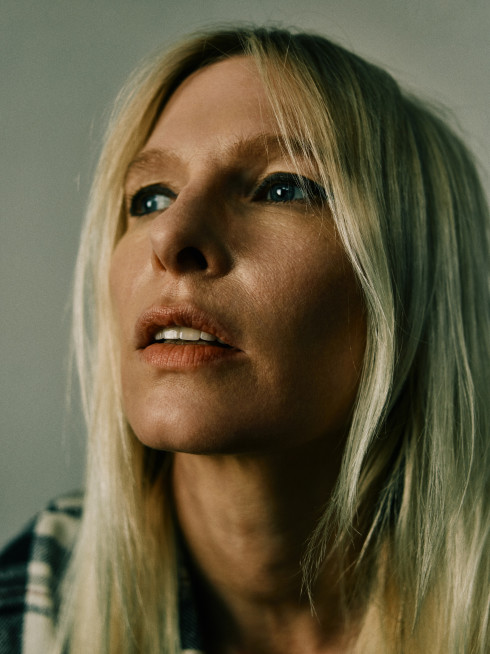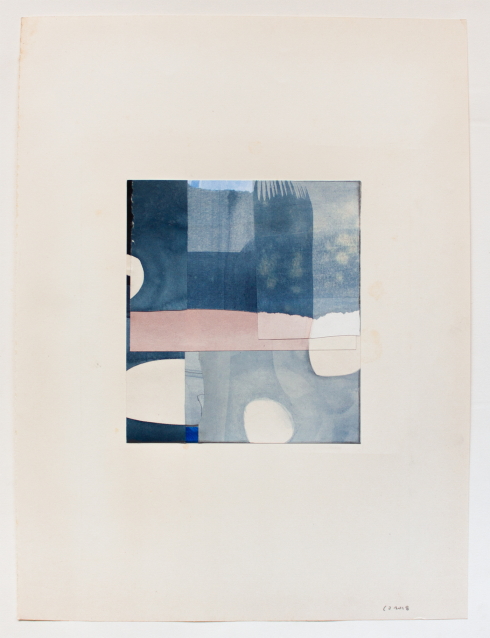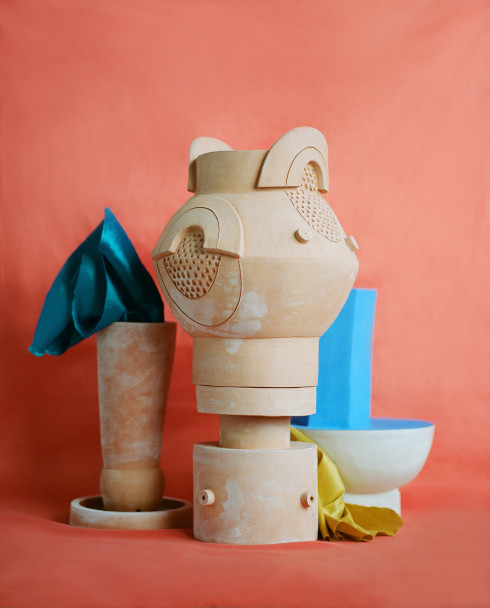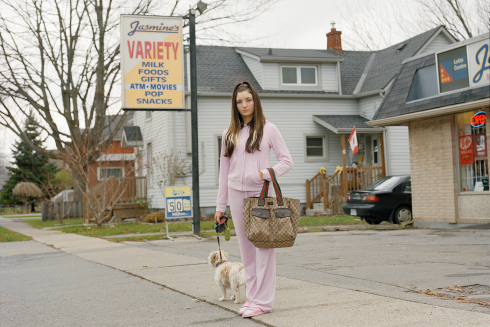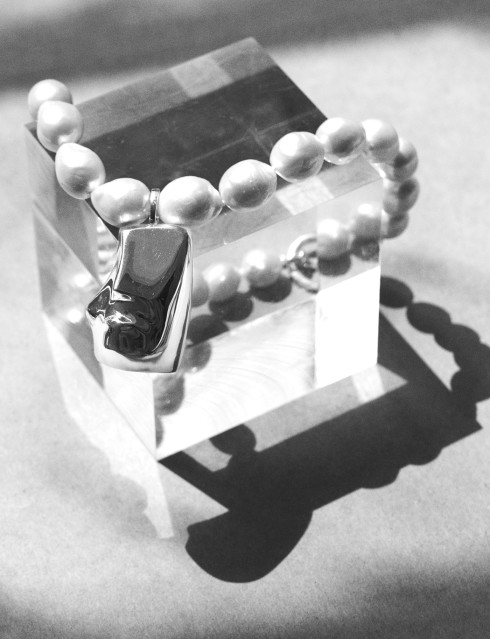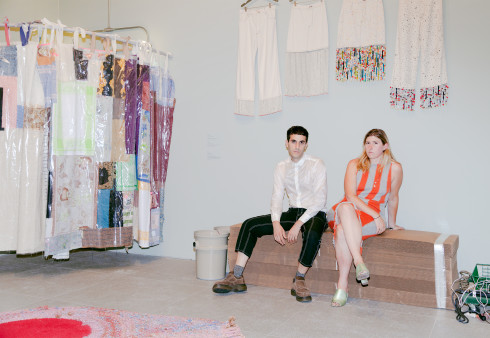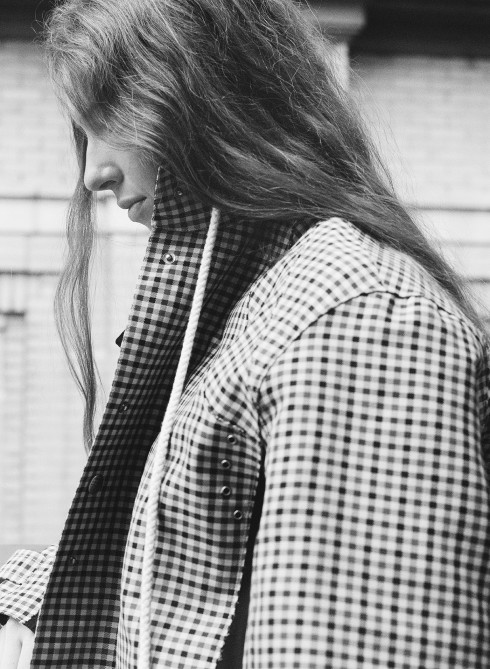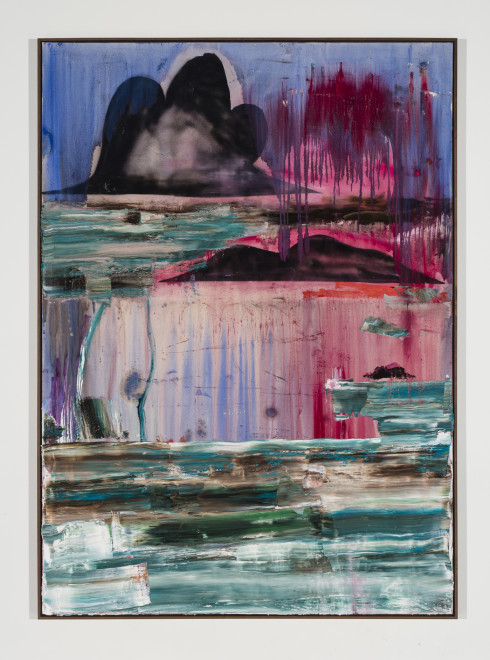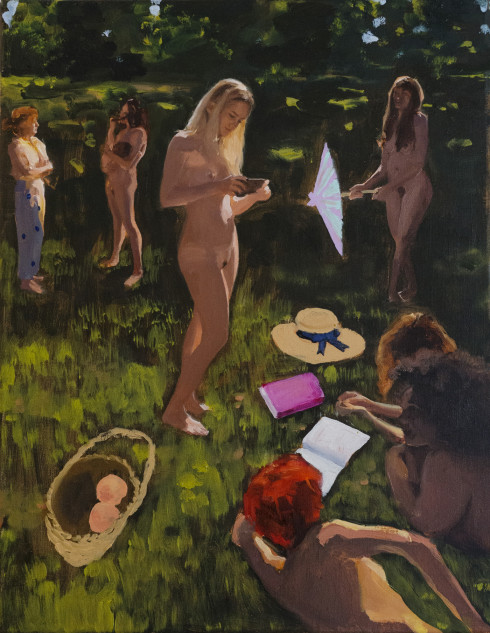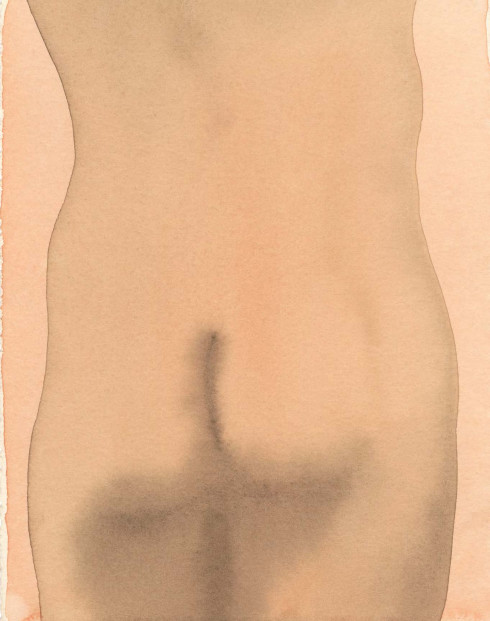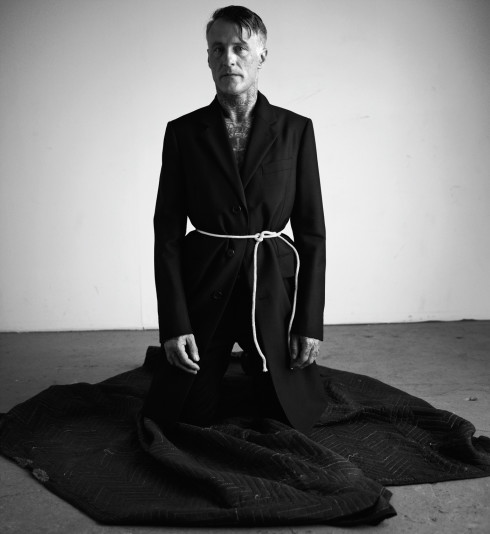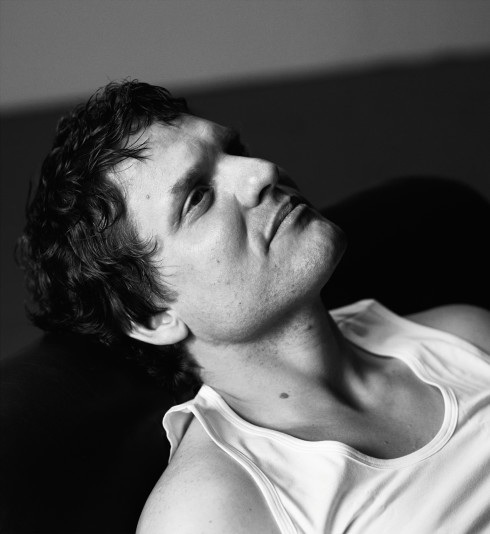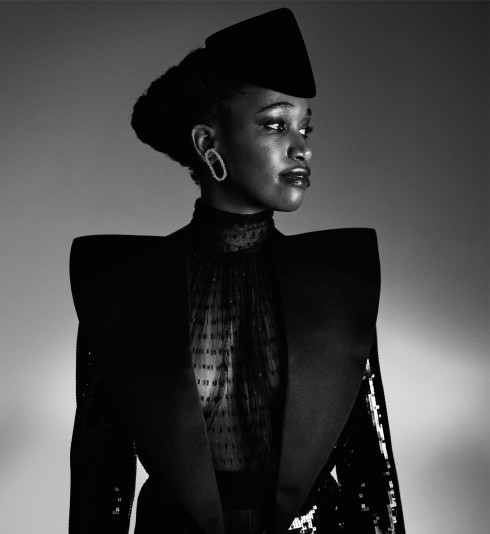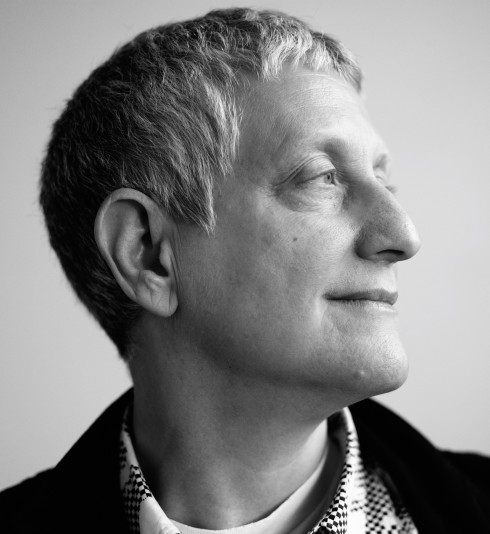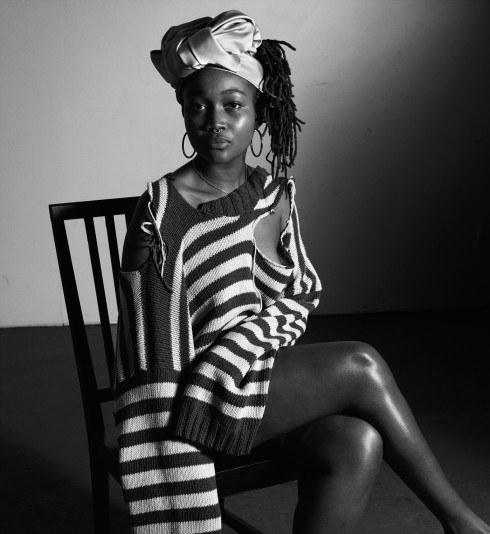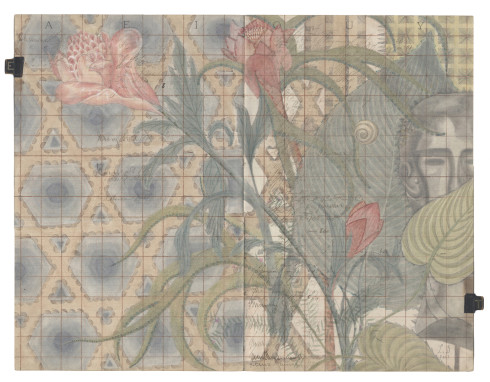- By
- Gautam Balasundar
All images courtesy of the artist.
GUSTAF VON ARBIN
You may have noticed the lack of photography in favor of drawings, paintings, and even sculpture in our fifteenth issue last fall. Depicting subjects using different mediums felt inclusive of so many more perspectives than simply relying on photo shoots, something the worlds of fashion and media can sometimes feel encumbered by. One of those fresh viewpoints comes from Gustaf von Arbin, an artist and illustrator who offered both sketches and watercolor paintings of Ana Kraš’s furniture designs, looks from the OAMC Fall collection, and Portugal’s Cabanas no Rio hotel in the Last Things First section. He reprised his illustration role in our latest issue as well, with sketches of Tictail Market, Ajiri Tea, and Milk Makeup.
The Swedish von Arbin is the perfect representative of the subtle changes occurring in art and media. As social media tools allow users to communicate through photography and video, organizations and creators are seeking new and fresh ways to express ideas. Most recently, the fashion world has had an obsession with illustrators, with the now-ubiquitous Donald Robertson or Jean-Philippe Delhomme more active than ever. “It’s something that brings us back to the handcraftsmanship where the ideas and feelings are created for each style,” von Arbin notes. “I think that illustration can express things in a more poetic way, leaving the viewer to fill in the gaps. Also, there is a big overload of photo imagery now when everyone has a camera in their phone.”
The poetry he speaks of is immediately apparent in his works. The recent increased interest in art has resulted in many people taking it too seriously, while others simply use it as another way to showcase a well-curated lifestyle. Illustration manages to avoid both of those pitfalls; the format captures the character of a subject with ease and immediacy, while making it easier for the viewer to absorb. These arbitrary distinctions between forms, however, don’t interest von Arbin: “I don’t think the amount of time one puts into a painting or drawing should dictate what label it should have. But I do think that the thought behind it has a huge importance.”
Many illustrators, including von Arbin, are multi-disciplinary artists, who are able to use different mediums to create more opportunities for exposure, or income. Flexibility often means survival, and this lends itself to the increasing disparity between conceptual and consumable art—each important in its own way. Transitioning between mediums, however, feels far more natural to von Arbin, and only serves as an extension of his ideas. “I don’t think it’s important to do it for other people’s sake,” he explains. “But for me, I feel it gives ideas and life to other things that I do. It also develops my style and way of thinking when I combine mediums.”
Von Arbin’s current home, Stockholm, may also influence his relaxed and positive attitude towards his work. The constant pace and competitiveness in New York leads us to consider its influence on so much of the artistic output here, but when asked about the effect living in Stockholm might have on him, von Arbin gives a succinct answer befitting an artist’s focus on his craft: “I think living in Stockholm has made me very aware of the light and how it changes with the seasons.”
While von Arbin has already worked in different formats, from magazines to record covers, he’s open to other collaborations like the ones Robertson and Delhomme have capitalized on in the fashion world. And his reasoning concisely captures the entire appeal of illustration—its enticing simplicity—in the first place. “I believe that the drawings or ideas come alive when they are carried out into other people’s everyday life,” he explains. “The same goes for a painting when it’s put on a wall inside someone’s home.”
